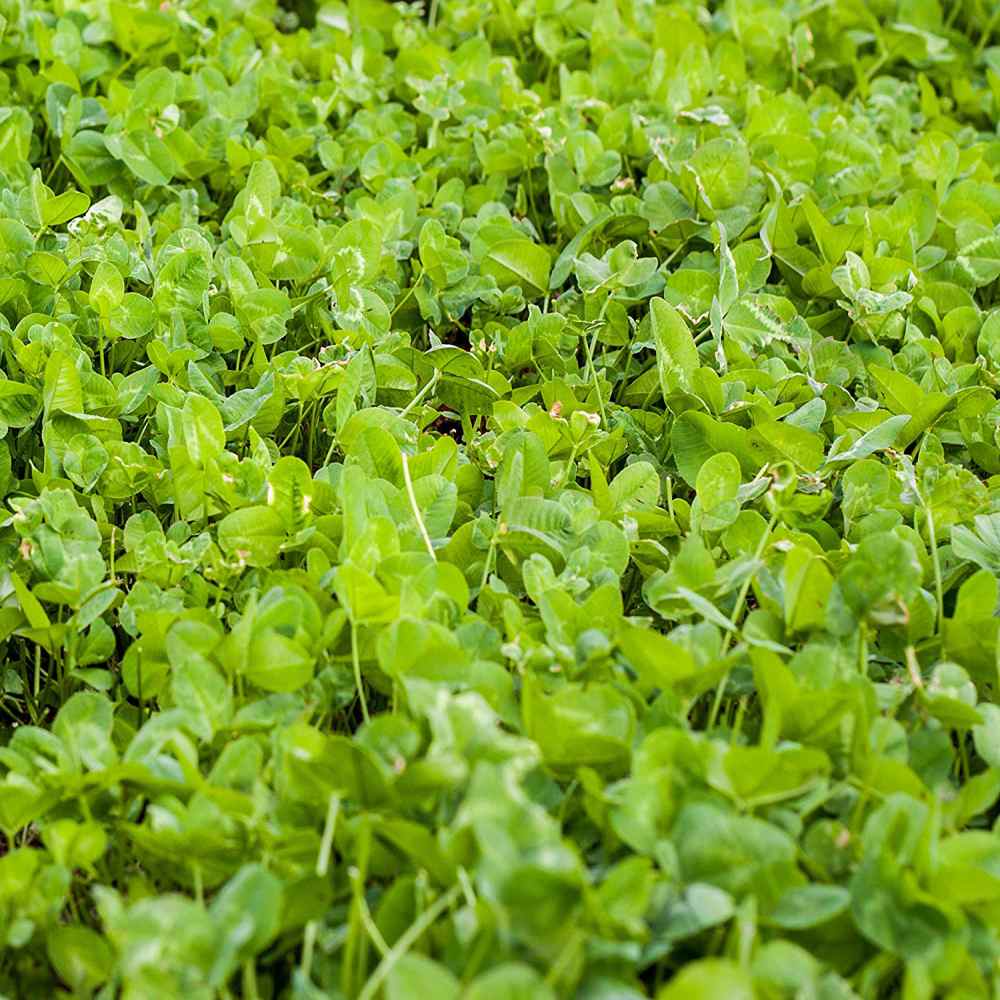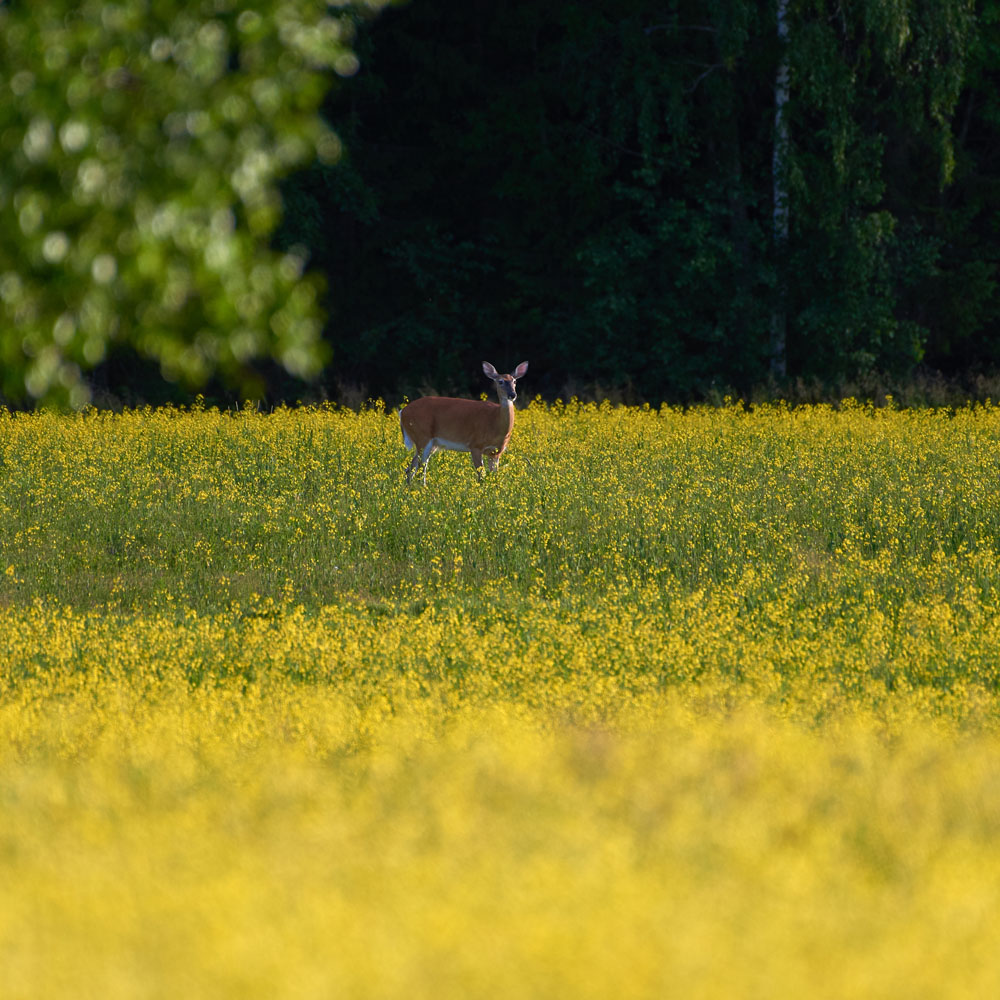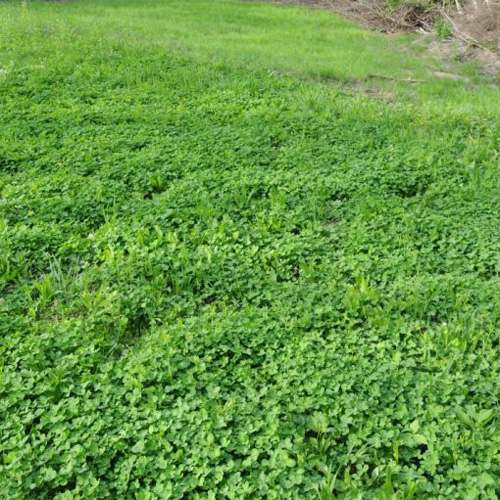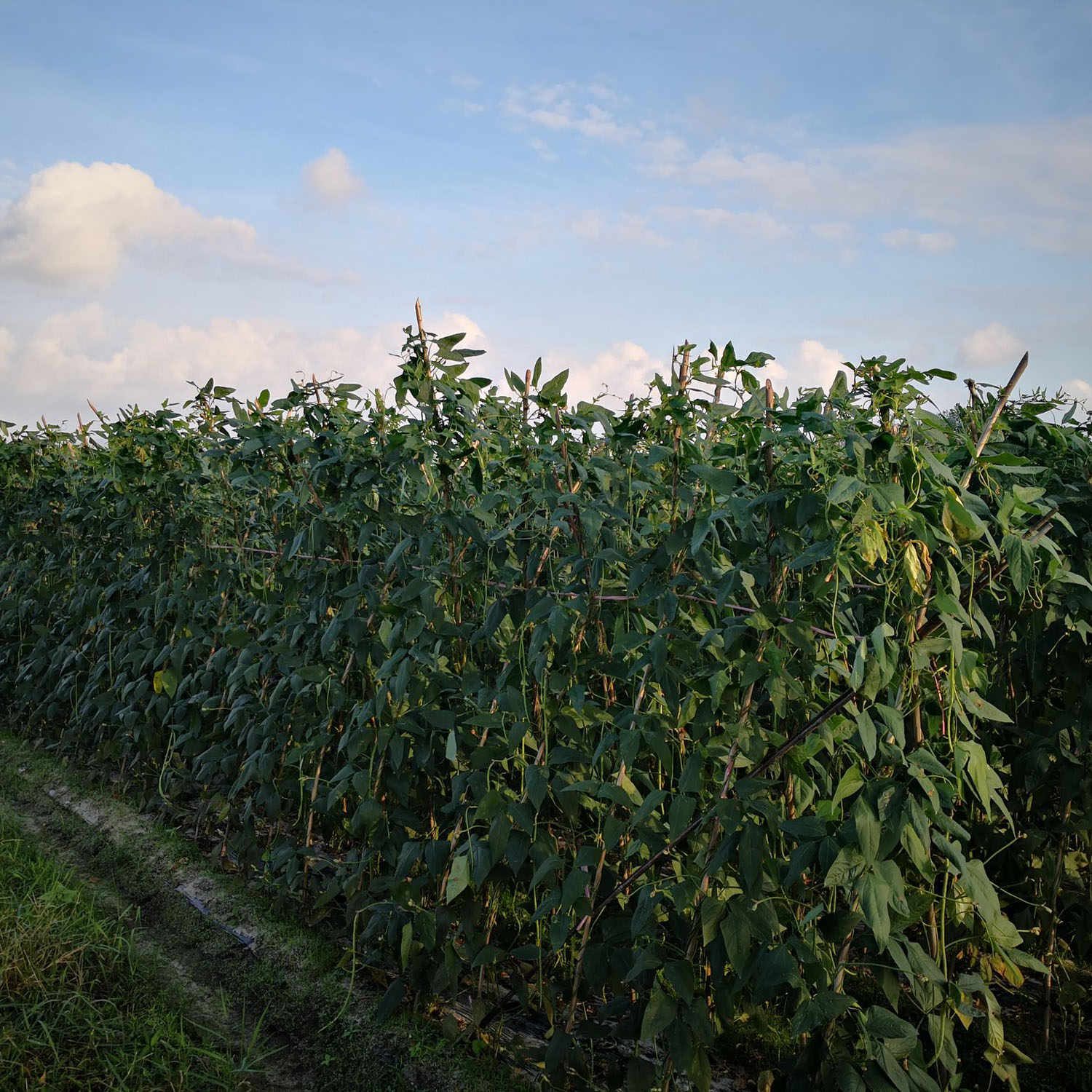
Deer Plot Planting and Care

Sample and Test Soil
You need to ensure there are enough of the proper nutrients in the soil to grow the types of crops you intend on planting. Take random soil samples throughout the area you intend to use for the food plot. The key to planting a successful food plot is dependent on getting the right soilpH. So before you even break ground or purchase seed, test your soil. Soil with a balanced pH allows the maximum soil nutrients to reach the plants you are planting for forage. pH is simply the measurement of the alkalinity and acidity of the soil.

Location
it should be large enough to feed and attract quite a few deer. Generally, a food plot should be at least 1,000 square feet. The closer you build the food plot to a brushy, covered area, the more likely deer will be to frequent the plot, since they have a covered area in which to seek shelter. Food plots which typically get the most day time visits are usually small 1/4 acer plots near old logging roads that are surrounded by heavy timber or thick cover. If the food plot itself is in a area that can't be easily hunted, try and locate the food plot towards the center of the property and then hunt the trails leading into the food plot.

Ground Preparation
Kill the weeds in your food plot. Now that you have determined the correct pH and you know how much fertilizer and lime to use it's time to get to work. Apply a Round Up type grass and weed killer to the are that is going to be converted into a food plot. Using a broad spectrum herbicide like Round Up will help you establish a healthier more productive food plot as the desired food plot plants will not have to compete with the weeds and grass for nutrients and water. Most herbicides on the market require you to spray the food plot a few days or weeks before you do any further work on the site. This gives the herbicide time to kill all the unwanted vegetation at the food plot site.
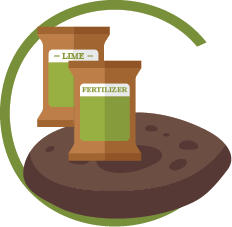
Amend Soil
Once you have broken up the soil it is time to apply lime to your food plot based on the results of your soil testing. Lime recommendations are based on many factors the most important factor being the pH of your soil. Soil pH identifies the active alkalinity or acidity of your food plot. The pH scale is from 1 to 14. Food plot soil that is neutral has a value of 7.0 pH. When the pH level of your food plot is below 7.0, the soil is said to be acidic; when above 7.0, your food plot is considered to be alkaline. Having a high or low pH will effect your food plot plants ability to absorb nutrients needed for growth from the soil. Some food plot seeds are designed to be low pH tolerant and some are designed for high pH levels. Food plot seed from Outsidepride will work best in a range of 6.0 - 7.5. A basic fertilizer such as a 15-15-15 is a good fertilizer for almost all food plots. If you have had a professional soil test done, it will give you fertilizer recommedations based on your soil. For example, if you are low in Phosphorus and high in Postassium, you may use a fertilizer that is a 15-20-10 to try and get your soil to the optimum range.

Planting Time
Decide what types of crops to plant. Most crops should be planted between early April and mid-May or in September and early October. Soil temperatures should be above 55 degrees for best germination. The amount of seed you need depends on the size of the food plot and the type of crop you are planting. Specific directions for planting should be on the bag of seed you choose. Don't over-seed the food plot. This could hamper the growing of the crop. Generally, deer enjoy eating grass, corn, soybeans, wheat, alfalfa, sunflowers, clovers, brassicas, buckwheat and rye. Make sure the type of crop you decide to grow is not growing in any fields nearby. By giving the deer something out of the ordinary, they are more likely to frequent your food plot.
Planting
Plant food crop seed at recommend planting rate per label. Broadcast seed evenly and rake or drag seed into top 1/4" of soil surface. Annual food plot seed like our Deer Greens can be planted 1/4" - 1/2" deep. Keep the seed bed moist until all the seed has sprouted. With warm to hot temperatures, this may require watering 1 or 2 times a day. After establishment, keep the food plot well watered so crops will continue to grow throughout the season. If the deer food plot is not located near fresh flowing water, you could also set out a large bucket of water for the deer to drink. If you do this, it is important to change the water often so as not to attract mosquitoes and other insects.

































